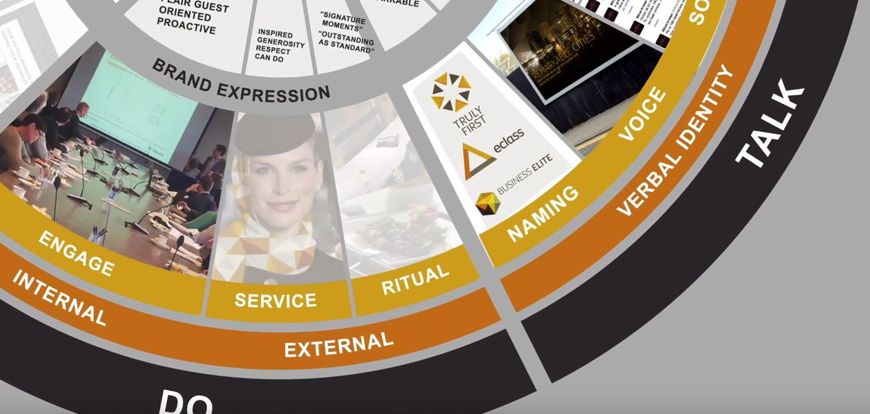
EXPERIENCE MAPPING FOR UX DESIGN
A user experience map is a method of visualizing the entire end-to-end user experience that an average user will go through in order to accomplish a goal. It’s product and service agnostic, so it’s used for understanding general human behavior in a larger context. It helps an organization visualize a baseline understanding of an experience prior to taking the particular product or service into consideration.
Experience mapping is one of the many methodologies that UX designers use to help them build empathy and understanding with their users in order to improve the user experience of a product. Of course, with all of the skill sets contained in our UX toolkit, it can often become difficult to know when and how to utilize each method of building empathy and understanding with users to use. If this is the case for you, rest assured, you are not alone!
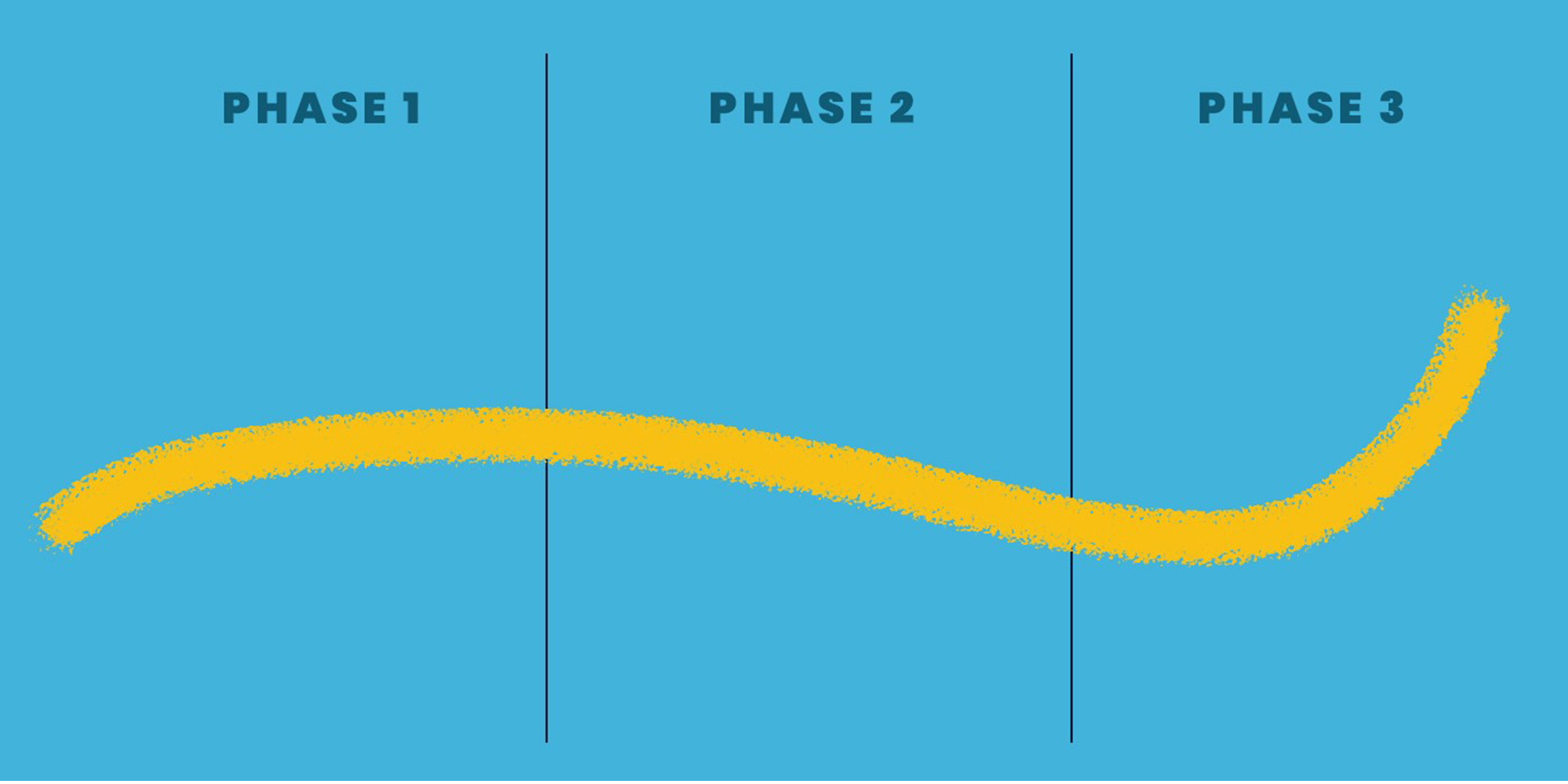
Here, I dive into one of my favorite methods for doing this–experience mapping. Below, I’ll break down what an experience map is, when and how to use one, and most importantly, how to create one effectively.
UX mapping methods
In UX design, various mapping techniques are commonly used; these visual techniques are tools for building a common understanding of goals and desired outcomes across design and development teams working on a particular project. It is important to recognize that UX designers have four main types of mapping they use, each with different processes and different goals. However, all methods have one common goal within an organization: to visualize and further understand the user experience in order to identify and resolve pain points via a product team’s designs.
The four types of mapping are:
While we’re focusing on experience mapping in this blog post, it helps to understand the three other types of mapping, as well:
Why use experience mapping over other methods?
An experience map visually illustrates a customer’s processes, needs, and perceptions as they take steps to achieve their goals and satisfy their needs. It’s a strategic process of capturing and communicating the customer interactions and touchpoints that they experience in a larger context. Once you understand their overall experience, you can then tailor your product to their needs.
Experience maps are typically used before you even start designing a product. Here, they help a company understand how potential users solve their problems without your product — this helps you identify opportunities in your own design to smooth out and solve painful experiences. For example, if you are going to design a travel site, you may first create an experience map to understand how individuals go about booking a dream vacation. This map will be product agnostic and gives you a broad idea of their overall experience. Once you understand the user in this context, you can begin your own design to address their needs and frustrations.
Here are 5 great reasons to use an experience map
1. An experience map helps you see the big picture of your customer’s journey to further understand their needs and pain points.
2. It makes collaboration between designers, developers, and managers easier, effective, and focused.
3. It facilitates desired outcomes by pinpointing and minimizing negative customer experiences.
4. An experience map identifies the reasons for churn, addressing them and creating the opportunity to bring users onboard again.
5. It allows businesses to prioritize actions in their experience strategy and product timeline.
How to create a user experience map
An experience map is a great way to identify and address the pain points of your customers. Before we dive in, let’s gain a high level understanding of this process of creating an experience map:
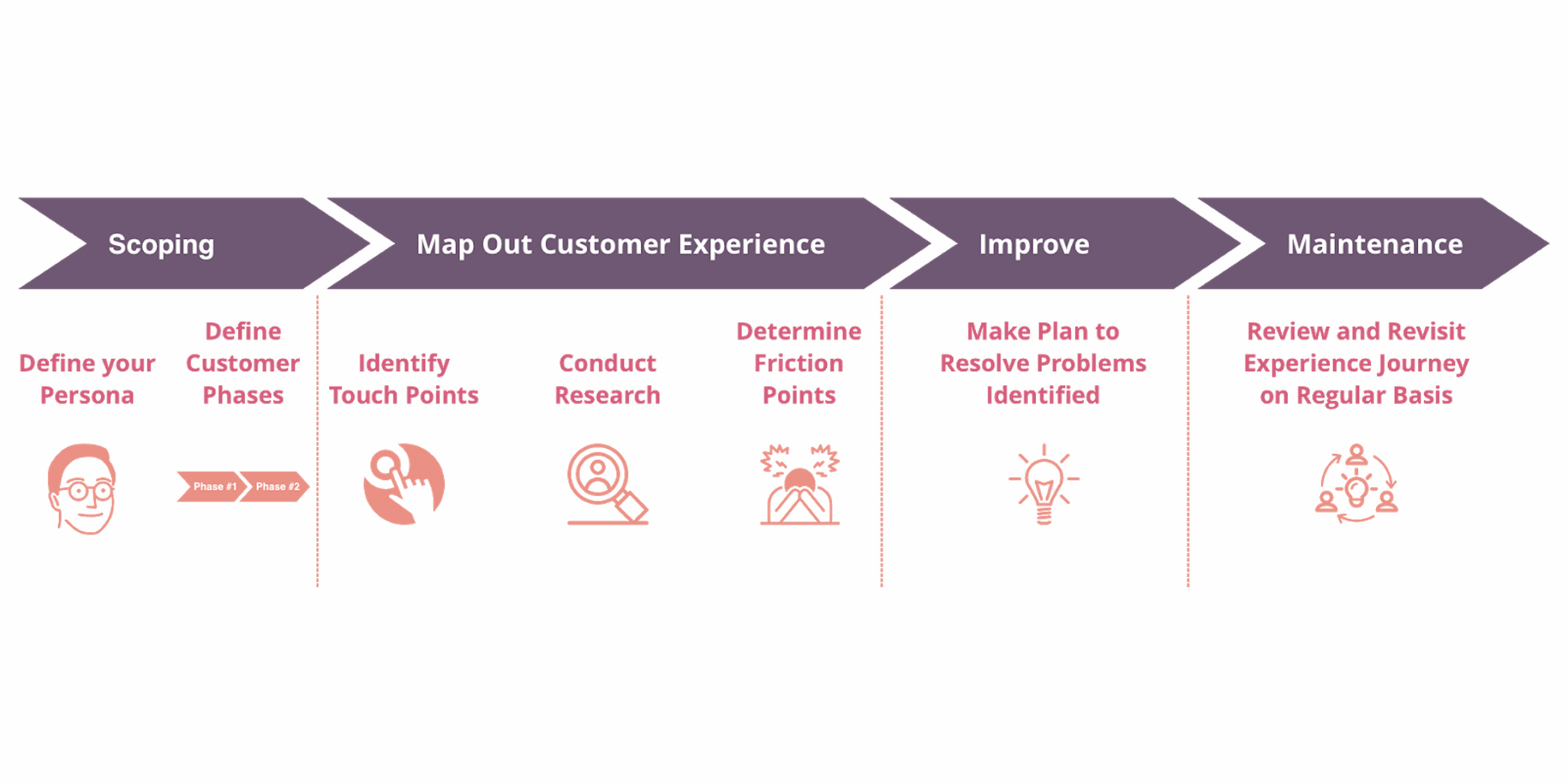
Now that we have an overview, let’s examine the six steps in creating an experience map:
1. Create a persona
The first step in creating an effective user experience map is to understand who your users are by creating a persona. This will help your organization understand who your actual customers are, what they need, and the way they interact with your business across all touchpoints. For example, if you are conducting research on a person’s experience as they purchase wine, your persona may look like Emma:
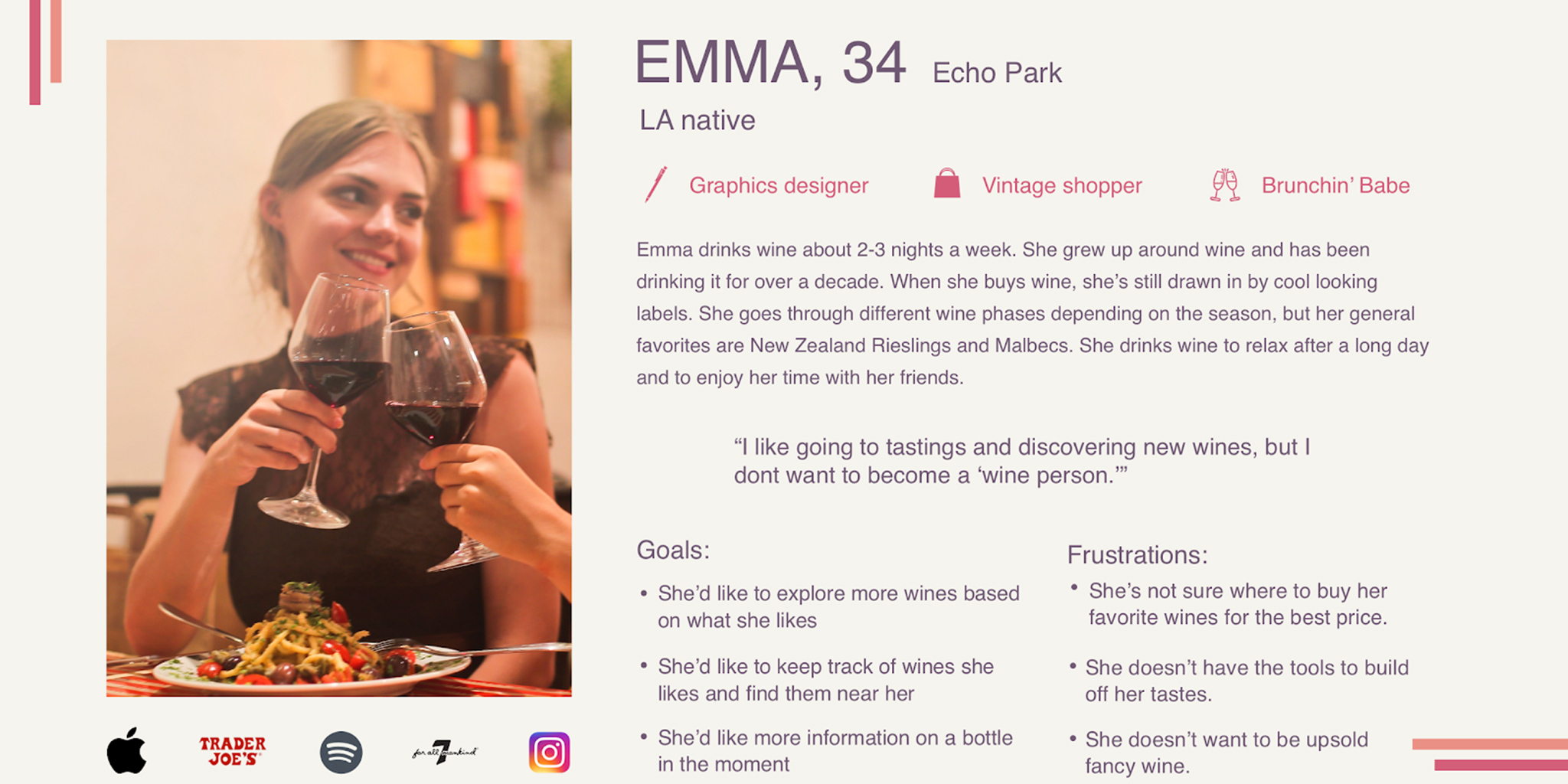
2. Define your customer stages
User experience maps are typically organized by customer stages, which are commonly referred to as phases. Each stage will visualize a major goal your user is trying to achieve on their overall journey. They will illustrate your customer’s motives or goals behind their current journey.
This step helps visualize the process from your user’s consideration phase all the way to actually buying your product or services. It helps define how, when, and where your customer discovers your product, where they research your product or services, where they choose you over competitors, make purchases from you, and maintain a good relationship with you.
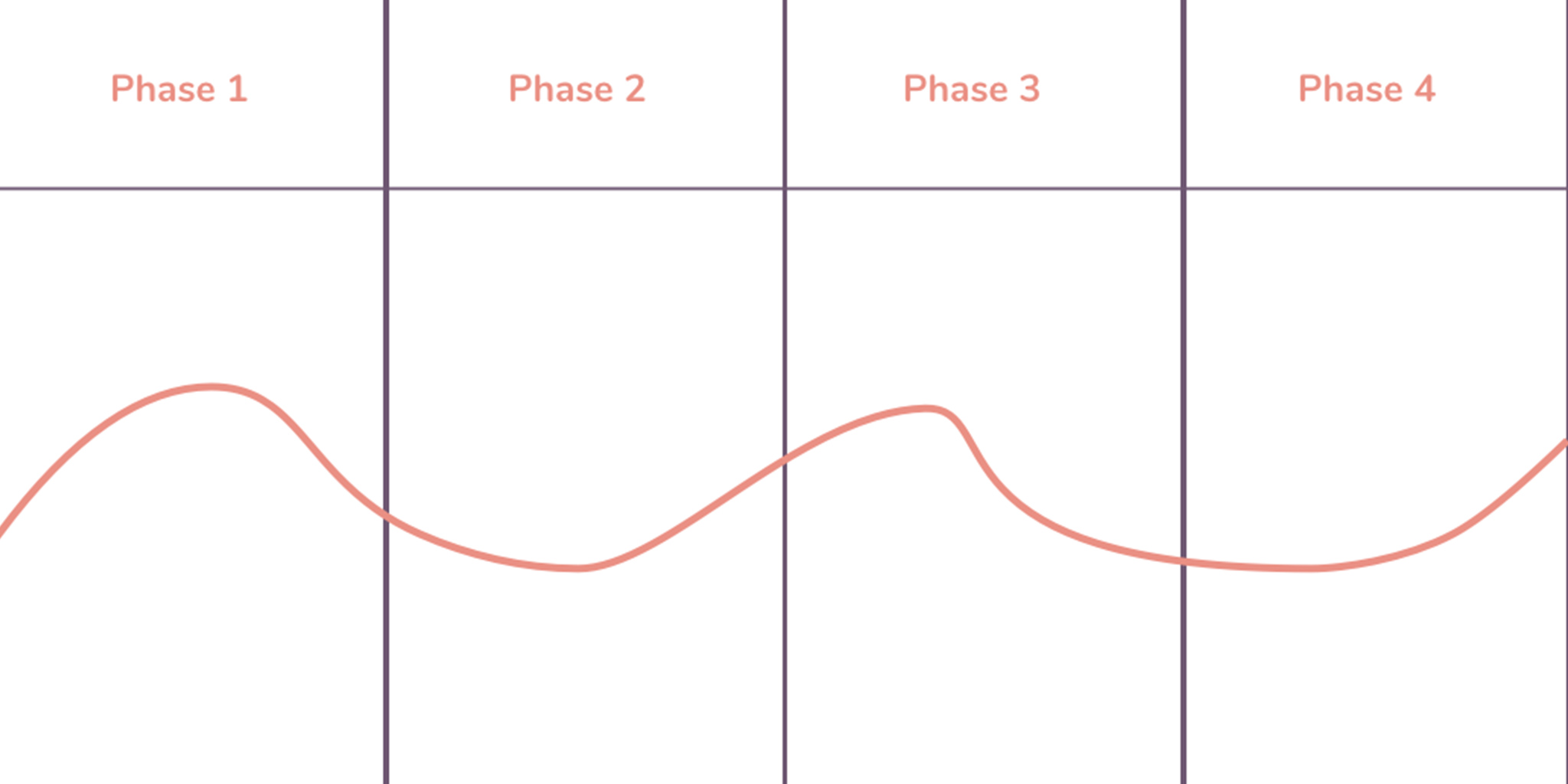
3. Define customer interaction
Next, define your customer interaction (from start to finish) by describing the touchpoints your customer uses to interact with your organization. Each touchpoint adds to their overall user experience.
Examples of common touchpoints include: signing up for a newsletter, creating an account, visiting a website, viewing ratings and reviews, contacting support, and/or buying a product. Understanding each touchpoint in a larger context will help you optimize every step of your customer journey and design better experiences by anticipating users’ needs and frustrations.
For this example, let’s say we plan on designing an experience for booking a train. This is what an experience map might look like so far:
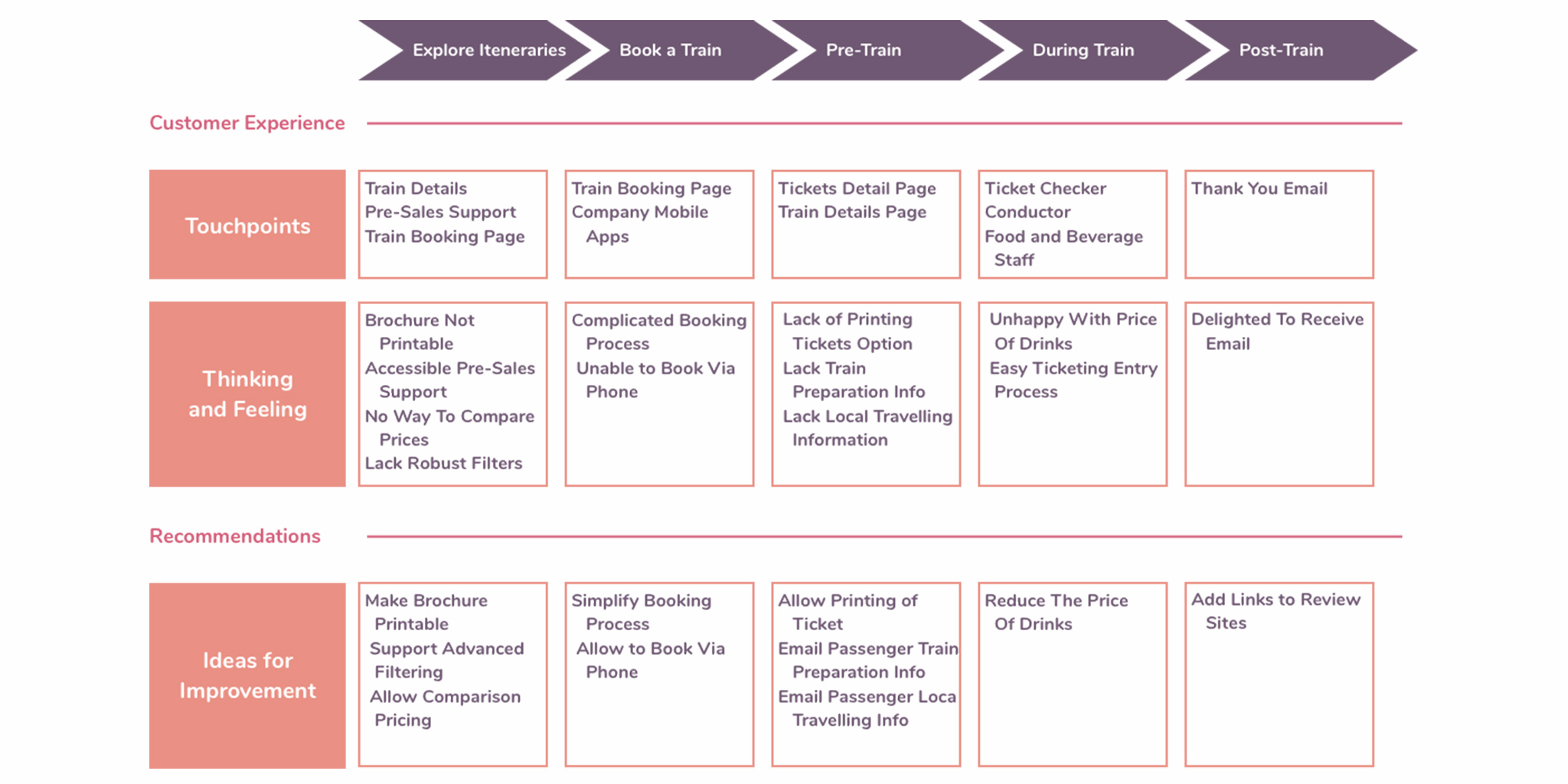
4. Conduct research
Next, through various recruitment methods are needed you conduct research by communicating directly with users. It is important to have participants who would actually use your product. This yields the most accurate insight. Therefore, the recruitment screening process is important. Common methods of recruiting participants begins with your existing users and extends to social media, classified ads and even third party organizations who specialize in locating targeted users for research.
Once your users are obtained, it is up to you to decide the level of interaction. This can range from a web survey, to phone interviews to in-person interviews and testing. Most people are happy to help if they believe you are genuinely interested in taking action to help them, especially when they are incentivized! Oh yes, one more point. It is best practiced to always offer some sort of incentivization to your participants. The investment is worthy as interviewing users greatly helps an organization gain deeper insight into their current user experiences to help guide their design decisions.
For example, you want to ask questions and perform research that allows you to determine these key points:
5. Identify points of friction
After you understand your persona, their goals, and the path they will take to achieve their goal, you can take a step back and look at the big picture. When you view your customer’s total experience, you can further understand the larger scenario and identify points of friction.
Together with your team, go through each phase of the user experience map and identify any possible areas of friction or room for improvement.
6. Resolve Friction
Once you and your team have identified points of friction, make a plan of action on how to resolve each within your design.
7. Define your own design direction
In conclusion, it is up to you as the designer to identify when each method is appropriate to aid in your design direction. Experience mapping is a great way to further understand your user and their experience as you dive into the design process. Once we understand our user experience, we are able to design delightful experiences to alleviate pain points and increase efficiency.



